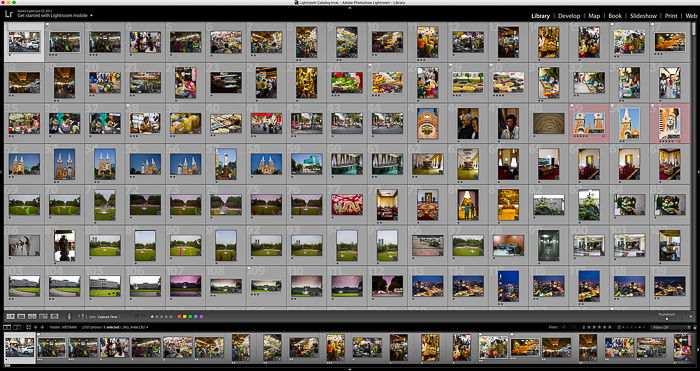If you’re a photographer, then you know that finding ways to sell your photos is essential for building a successful business. In this article, we’ll take a look at sixteen of the best places to sell stock photos online. We’ll discuss the pros and cons of each platform, and we’ll provide some tips on how to make the most of each one.
The first part of any stock photography business is that you need to have some images to sell. If you already have some photos then that’s great. But if you are just getting into photography, then you need to plan a shoot.
Depending on your area of interest try to plan your shoot so that you can maximise your efficiency. For example, try to cover multiple locations in one go rather than going back and forth.
When you are starting out you’ll be much better off covering things that are likely to be popular. If you want to sell travel stock photos, head to Paris, Rome or even London rather than a faraway island.
Try to view stock photo shoots as a business and be frugal in your expenses. Yes, a helicopter ride over a city will be a fantastic experience and give you nice images. But will you sell enough to cover the cost of the trip?

Treating stock photography as a business is vitally important if you want to succeed. That means you have to take photos to sell, not photos that you like to take.
Often these might be the same. But for example, if you are photographing a beach, beautiful sunny skies will sell better than stormy weather. Whatever your genre of photography is, look to capture photos that will sell and not necessarily what you enjoy photographing.
This includes trying to capture different crops and angles of shots. Ideally, you should try to cover as many scenarios as possible so that you can provide the stock agency with a few different options.

The first thing to do once you have your collection of images is to find a stock agency to represent your work. Sites like Shutterstock or Alamy tend to be the first options for most. Both are acceptable choices but are they right for you?
Before you sign up to any agency you should spend time researching and understanding how they operate.
Most agencies will have a notice period for you to be able to remove your photos. If you decide to switch, it could be months before your photos will be available for you to submit to someone else.
The things you should check are:
If you are unsure what the best stock photography sites are for your area of expertise is, check BAPLA (British Association of Picture Libraries & Agencies) in the UK for a list of all their members.
Other countries may have similar organisations.

Once you have your images and your agency, it’s time to put together your first submission. Include your best work only.
If you are going to be sending your images to an unmanaged stock shot agency you can be a bit more free with your selection. But if you are sending it to an agency that edits their collection of photos you’ll need to be more critical.
Make sure you read the agency’s submission guidelines so that your photos are not rejected.
The key, whenever you are editing photos, is to detach yourself and think like an editor, not a photographer. Try to visualise your photo in different situations and ask yourself if it works.

Regardless of how you will be selling photos online, you need to make sure they are of a high technical standard. The only way to do this is to check every part of an image at 100%. The things that you should look for are:
Agencies will have their own QC procedures . If your images suffer from any of the above, they will likely be rejected.

It is one of the most boring things for photographers to do but it is vital if you want to maximise your sales. Without good keywording, descriptions and metadata such as location, your images will not be found no matter how good they are.
Some agencies will keyword your image as part of their process, whereas others like Alamy will need you to do that. Whichever way your agency works, don’t rush this process and spend time doing it properly.

Freelance photography has its share of highs and lows. Often you will have to overcome disappointment to motivate yourself to continue pursuing what you love. Understanding what you are getting into when starting to sell stock photos will help you manage your expectations.
If you have a long-term plan and are not relying on stock photography as your main source of income, it can be a good additional source.

One way to help boost your chances of making a sale is to work with your agency. With smaller agencies you will be able to pick up the phone and speak to someone and strike up a relationship with them.
Ask them what their clients are looking for? What’s on their wants list? Or even what type of images are selling at the moment.
If you are , let them know. Whenever I’m going somewhere for a stock photography trip, I ask my agencies if their clients need any specific shots.

As well as working with your stock agencies, you should also stay up to date with the news and trends in your chosen genre. If you are photographing lifestyle stock shots, look at what the trends are in the sort of photos that brands are using.
Or if you are a travel photographer and there is a new direct flight to a well-known destination from your city, that might provide an opportunity for some stock photo sales.
The more you know, the better your chances to make sales.

Inevitably you will have successes and failures. There will be photos that sell well and those that don’t. There will be shoots that will be profitable and ones that won’t. The key is to learn from these and try to replicate more of your successes.
After making a few sales you will begin to get a sense of the type of shots that you take that sell more than others. Build your shoots to be able to capture more of these types of shots.
